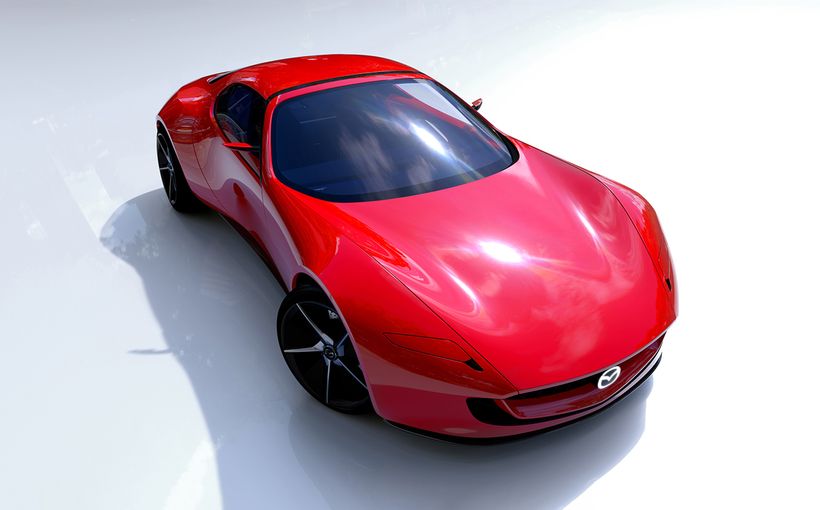TURBOS are well and truly part of Porsche 911 folklore, but there is nothing quite like the visceral feel and sound of a naturally aspirated boxer engine.
Sizing up the base $208,600 Carrera’s 257kW/390Nm 3.4-litre horizontally opposed flat-six that’s capable of hitting 100km/h from standstill in 4.8 seconds (or 4.6s with the optional PDK dual-clutch transmission), it is clear that the 1.4s gap between it and the $366,500 911 Turbo is worth the $157,900 difference in asking price.
The 383kW/710Nm 3.8-litre twin-turbo upgrade sees to that.
Not that non-turbo fans don’t have faster alternatives, as the $251,150, 294kW/440Nm 3.8-litre Carrera S PDK’s 4.2s result testifies, while the $293,600 GT3 PDK with its 350kW version of that highly modified engine storms down the straight at just 3.5s.
Now there’s the GT3 RS, unveiled at last month’s Geneva motor show in Switzerland. It is, quite simply, the fastest naturally aspirated production-series 911 ever made.

Slung over the rear axle in this race-bred bombshell is a bored-out version of the 3.8-litre boxer six, now sporting 4.0-litres and delivering 368kW and 480Nm. That’s the biggest of its type available in any 911.
The figures aren’t massively changed, but they certainly make a difference to those who care about outright acceleration: At 3.3s flat, the RS is 0.2 seconds quicker to 100 than the regular GT3, while it will storm to 200km/h from standstill in a neck-snapping 10.9s. Only the $444,900, 412kW/750Nm Turbo S PDK is faster still, by the tune of only 0.2s.
That PDK, by the way, isn’t an ordinary off-the-shelf 911-spec item, with heavily altered innards in order for the GT3 to lap the Nurburgring circuit in an astonishing seven minutes and 20 seconds – nine seconds better than the 2004 Carrera GT that was, in its day, the ultimate production Porsche. How things change!

Note, however, that a 918 Spyder hybrid example tested in 2013 is a full 23 seconds faster yet again around the German lap.
So what’s changed with the GT3 RS? For starters, the Zuffenhausen engineers have managed to shave off a whole 10kg from the upper half of the car, by employing magnesium in the roof (a Porsche-first) and carbon-fibre for the bonnet and boot-lid. Not only does it make for a lighter vehicle, the move also lowers the centre of gravity significantly, for what Porsche explains is superior lateral grip for better road-holding capabilities.

Furthermore, the RS uses the fattest wheel and tyre combination found on any of the rear-engined sportscar series, and this in turn has necessitated the switching from the regular ‘narrow’ body 911 to the Turbo’s wider item, backed up by GT3-style aero body-kit and rear spoiler addendum for significantly better track downforce.
Extra airvents also fill the top part of the front guards, to balance out potential lift forces up front, while a very specific chassis tune has been engineered to more fully exploit all that power and torque.
Among the changes are altered rear-axle steering kinematics and Porsche Torque Vectoring Plus with fully variable rear-axle differential.

If you’re a fan of the original series go-faster 911 RS of the 1970s, you might appreciate the special GT3 RS bonnet’s 300mm-wide indent, extending back from the bonnet’s leading edge through to over the roof. Surely that alone is worth the premium!
Inside there are racing-style sports seats (dubbed ‘buckets’ in the seventies vernacular) that are very similar to those found in the 918 Spyder, as well as a push-button pit speed limiter function and a neutral gear-shift paddle position.

And if all that is not enough, Porsche will assist your on-track shenanigans desire with a Club Sport pack, bringing with it a half roll cage bolted behind the seats, regulatory six-point racing harness, fire extinguisher mounting bracket and preparation for a battery killer switch.
So how much will the uber non-turbo 911 cost us Australians?
Porsche is quoting $387,700 (plus on-road costs), a step-up of over $94,000 over the non-RS GT3. Look for it in dealerships around August or September.

Loaded with the maximum amount of motorsport technology possible in a street-legal 911, the GT3 RS is truly a unique thing in the sub-supercar sports coupe world.
Who even needs a turbo?
Byron Mathioudakis goauto.com.au
Protect your Porsche. Call Shannons Insurance on 13 46 46 to get a quote today.









